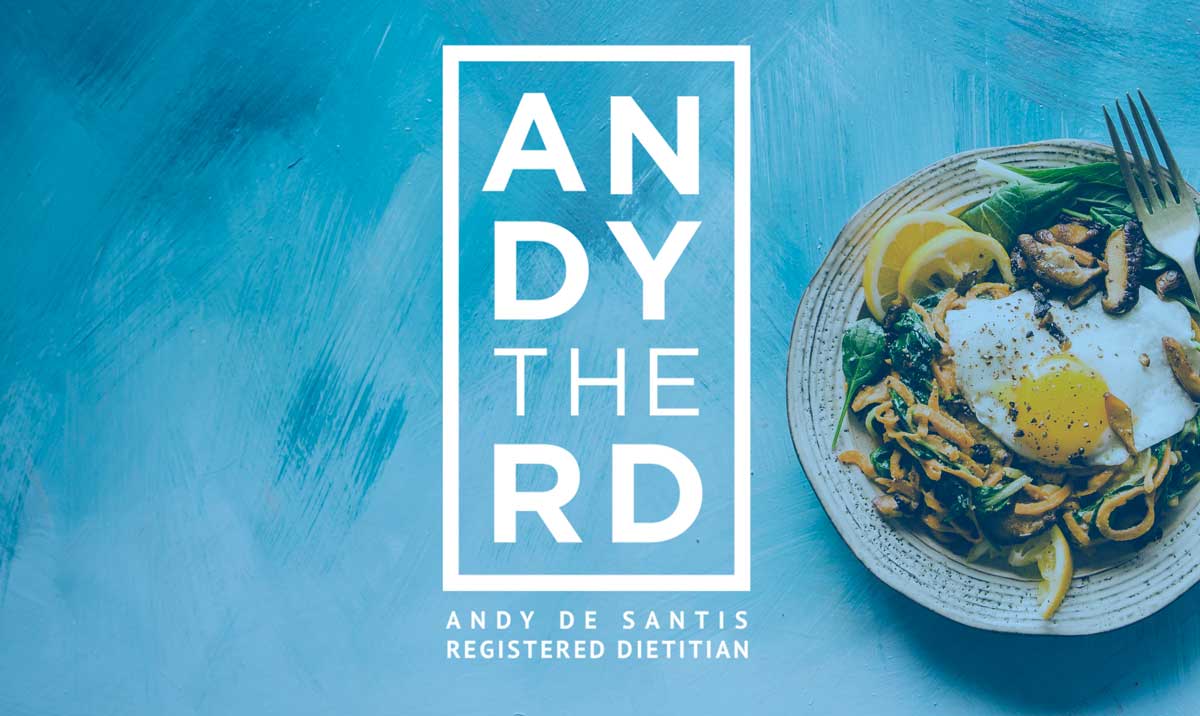Early Time Restricted Feeding, henceforth referred to as ETRF, is a unique style of intermittent fasting where an individual is meant to consume most of their calories in the first few waking hours of the day.
I’ve decided to explore this topic more closely because although it does not appeal to me as an individual, it intrigues me as a professional and someone who actually does dabble with intermittent fasting.
Even though it often gets written off as dogmatic or trendy, and it can be in the wrong hands, there is no denying that it remains a popular topic in both the medical and popular realms.
I also genuinely believe it to be a valuable and dynamic tool that offers unique benefits to the right person, in the right context.
I personally began dabbling with intermittent fasting for reasons which I flesh out quite thoroughly in a previous article.
I suggest you read that piece to understand why I really like it.
I also suggest you read my general discussion piece on intermittent fasting, where I take a look at some of the theoretical vs observed benefits of fasting.
But we are here to talk about ETRF, so let’s figure out what that is first.
ETRF Vs “Normal Intermittent Fasting”
The most cliché version of intermittent fasting tends to be what is known as 16:8, which generally ends up looking like eating from 12-8 pm – and fasting for the other period of the day.
The popularity of this form of fasting is why fasting is often dismissed as just “skipping breakfast”.
In reality, fasting is more so concerned with the time gap from one’s last bite one day to their first bite the next.
Enter ETRF.
In this mode of fasting, an individual will generally consume all of their food within 6-8 hours of waking ( ie: 7/9 am to 3/5pm) such that they are theoretically more “aligned” with their circadian rhythm which in turn offers metabolic benefits.
But is that just a gimmick?
Circadian Rhythm & Human Metabolism
A robust and complete understanding of human circadian rhythm and it’s implications for human health is beyond my pay grade, but I did encounter evidence to suggest that the functionality of the human metabolism varies within the course of a day, which many believe to be directly related to our biological clock or circadian rhythm.
For example, insulin sensitivity in otherwise healthy people may decrease throughout the day.
Insulin sensitivity is a measure of how effectively our body responds to insulin and thus of how effectively it clears excess sugar from our bloodstream to maintain a healthy blood sugar level.
In prediabetes, which about 15% of Canadians have , insulin sensitivity has likely been reduced/compromised.
Which leads us back to buzz around ETRF.
ETRF – Potential Benefits?
Theoretically, ETRF would combine the potential benefits of fasting at all with the potential benefits of eating in a way that is meant to be aligned with the human circadian rhythm.
[I italicize the word potential in both cases because there is obviously a lot for us still to learn here.]
Perhaps the most intriguing human research I discovered in the world of ETRF was published in 2018 out of the Cell Metabolism journal.
The study looked at prediabetic men and sought to determine the effects of ETRF vs a standard eating schedule and found intriguing preliminary evidence that it may improve insulin sensitivity independent of any changes to body weight.
Additional benefits in terms of reductions in blood pressure and overall oxidative stress were also observed.
They concluded:
“ETRF—by virtue of combining daily intermittent fasting and eating in alignment with circadian rhythms in metabolism—will prove to be a particularly efficacious form of IF”
These authors weren’t the last to suggest that ETRF may offer a slight biological edge either, as a 2019 trial found that ETRF reduced fasting blood sugar levels more than standard forms of fasting did.
ETRF – Limitations & Reality
Let’s come right back down to earth though.
Yes, I personally enjoy fasting.
Yes, it is a very fascinating concept which probably is too quickly dismissed in some circles.
But have to be honest in saying that it only represents a small and very optional piece of any given persons health puzzle, ultimately paling in comparison to the value of a strong dietary pattern and a style of eating that supports a good quality of life – whatever that may mean to you.
Practically speaking, I find that the notion of eating all of my food in the early hours of the day horrendously unappealing.
If I had to bet, I would say that many people would agree.
But I’ve been in this game long enough to know that people find solace in different styles of arranging their daily life around food, and that some people out there may truly resonate with the concept of ETRF, be tempted to try it, and perhaps even gain a physiological benefit it from it ( however modestly it may be).
On top of that, there may be certain populations ( such as those with acid reflux/ GERD) who will benefit from eating as far away from bedtime as practically possible.
Final Thoughts
At the very least, the emergence of ETRF as fascinating area of medical study means that detractors can no longer dismiss intermittent fasting as just “skipping breakfast”.
While the evidence remains in its relative infancy, there may really be something to this fasting stuff.
It will never be more important than eating your vegetables though.
And while some professionals are even rolling out intermittent fasting as a potential treatment modality for T2DM, I remain cautiously optimistic and in doing so leave you guys this salient quote I came across in the Nutrients journal article:
Long-term benefits of fasting, including cardiovascular risk reduction, remain to be fully studied and elucidated, especially in humans. Clinicians should temper the enthusiasm for fasting with the reality that the benefits and risks in humans remain largely unexplored
– Grajower & Horne, published April 2019
PS: Have you been tempted to dabble in some form of intermittent fasting but never knew how to do so in an efficacious way? I can help.
Until next time,
Andy De Santis RD MPH
Bonus – Another ETRF Article



